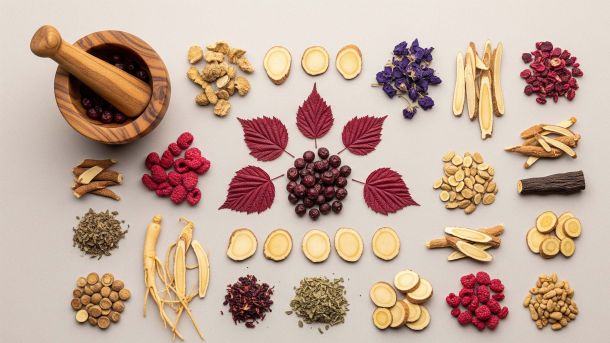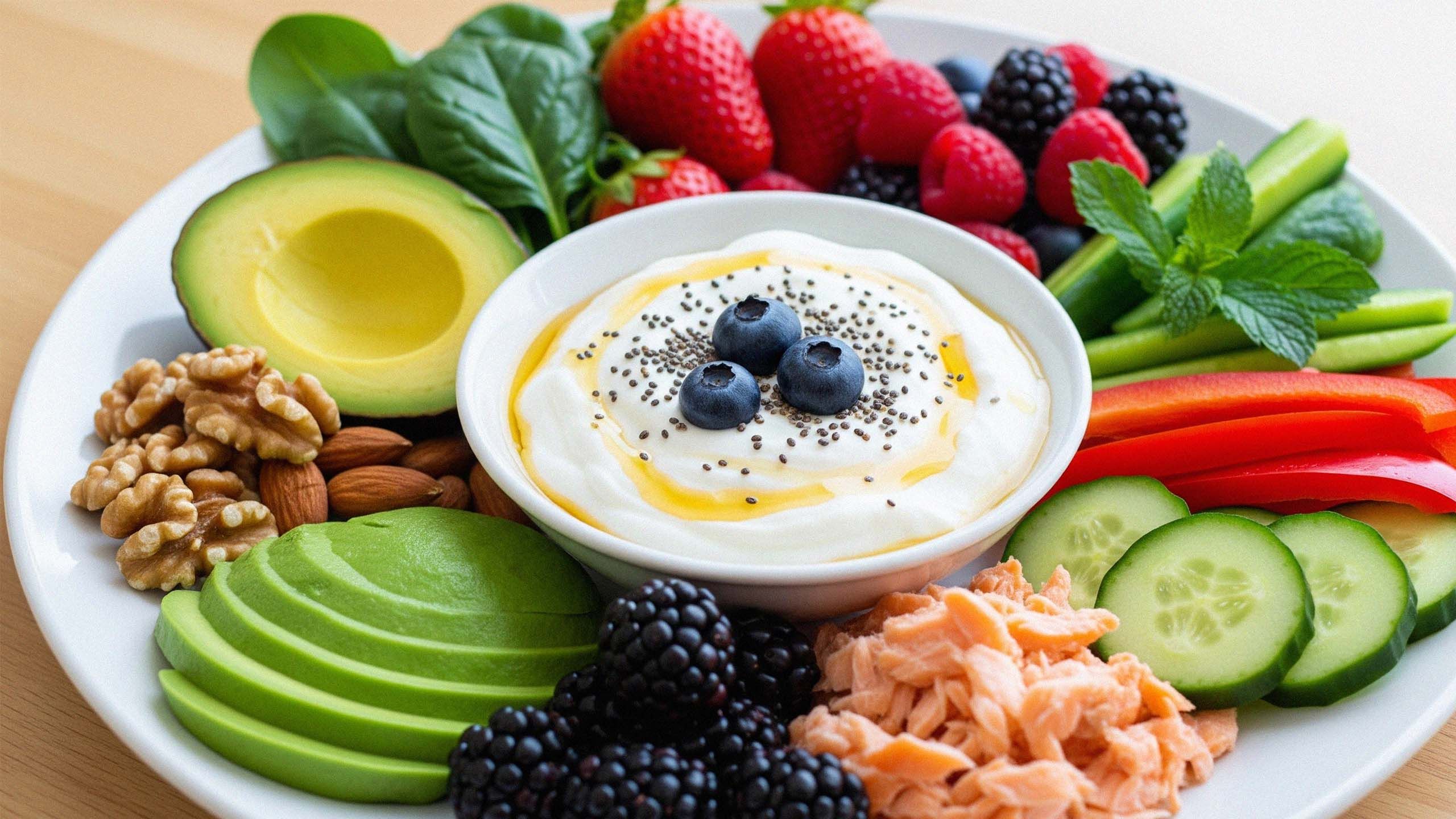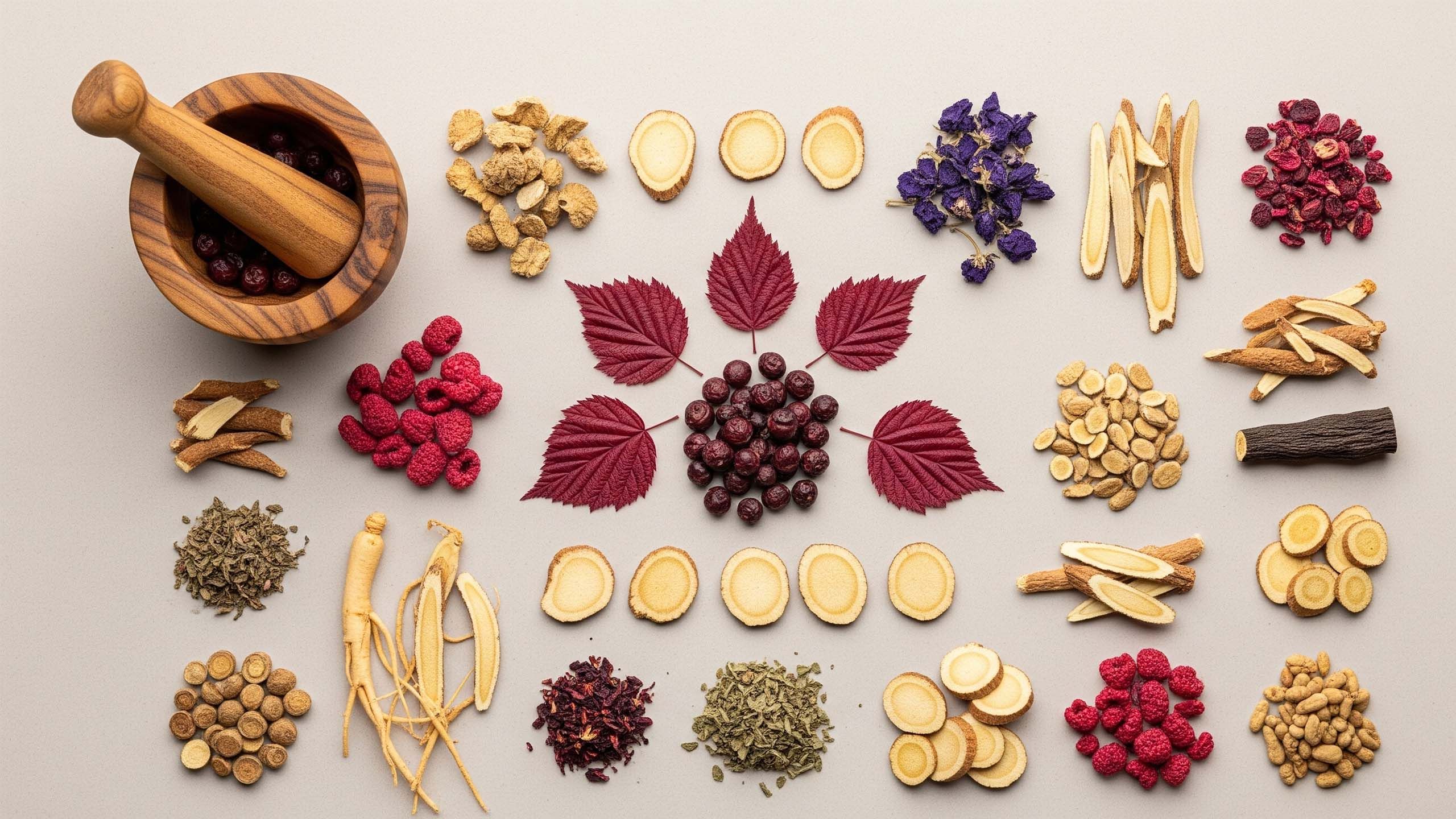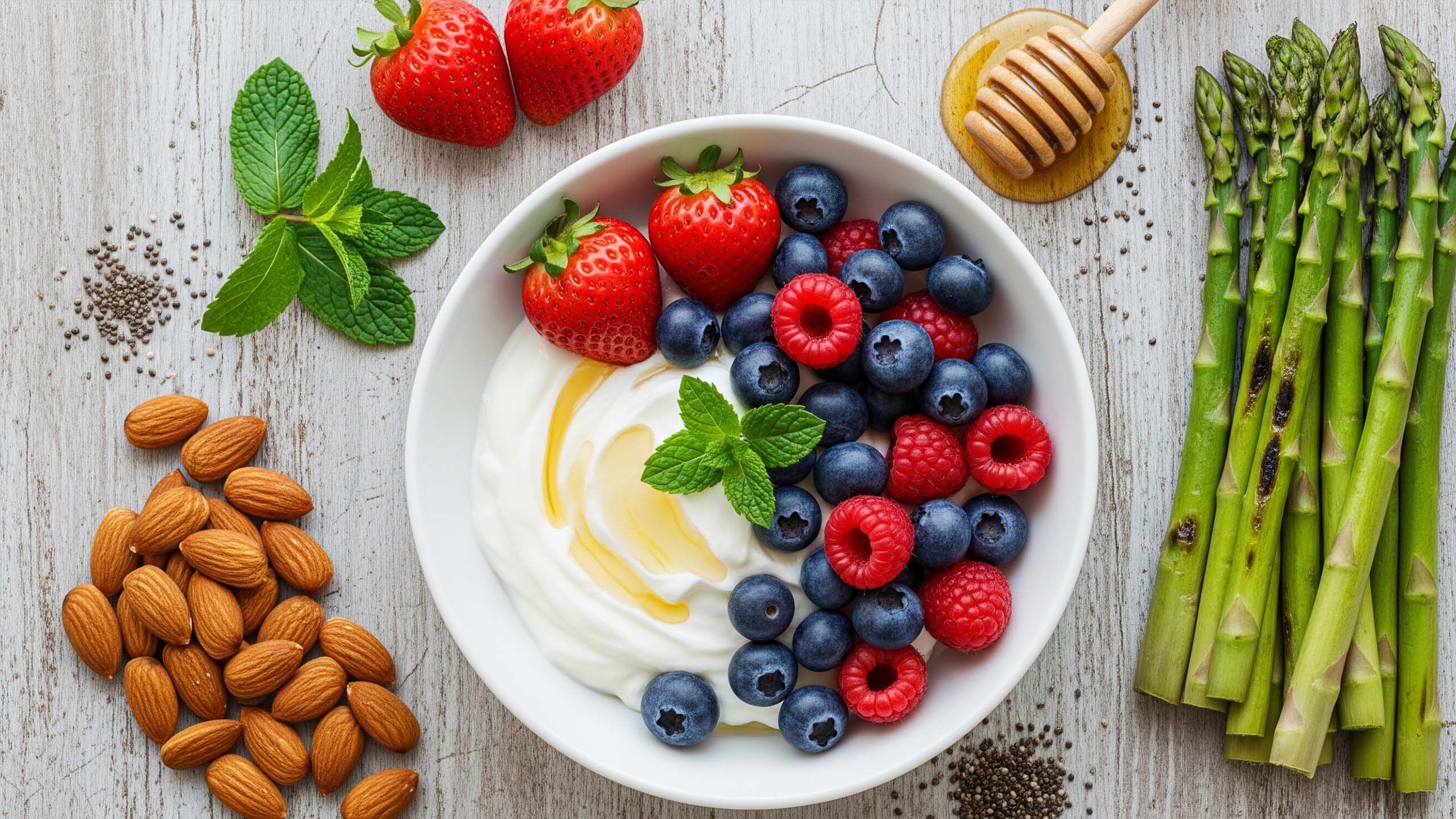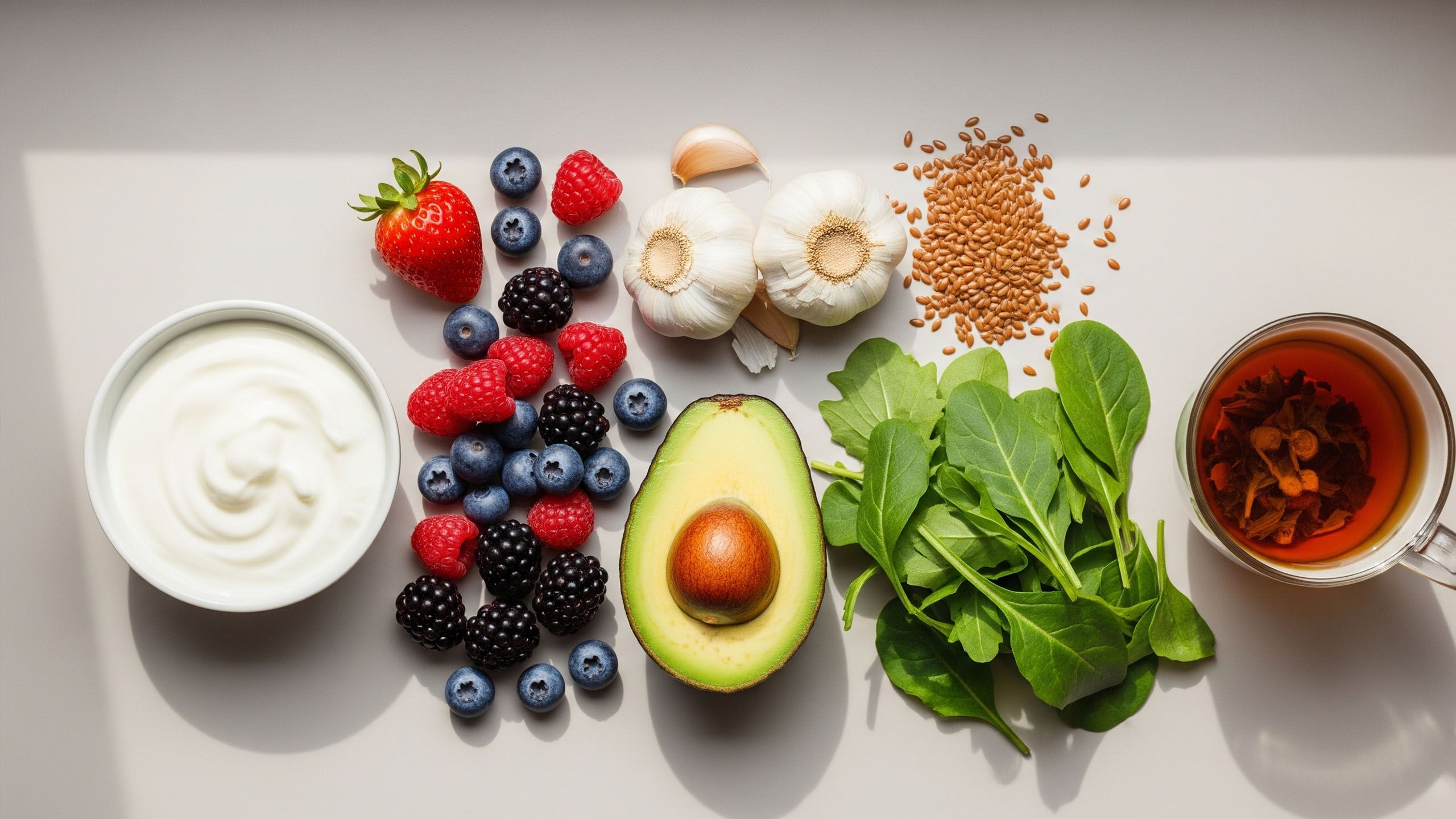The Gut-Vagina Axis: How Your Digestive Health Influences Vaginal Wellness

When we think about maintaining our health, we often separate the body into different systems. We consider digestive health, reproductive health, and immune health as distinct areas. However, emerging science reveals a profound connection between two seemingly separate parts of the body: the gut and the vagina. This relationship, known as the gut-vagina axis, is fundamental to understanding vaginal wellness. A key part of this connection involves probiotics and prebiotics.
Understanding Your Microbiomes
Your body is home to trillions of microorganisms, including bacteria, fungi, and viruses, which collectively form your microbiome. While the gut microbiome gets a lot of attention, the vagina has its own unique and important microbial community.
A healthy vaginal microbiome is typically dominated by bacteria from the Lactobacillus genus. These beneficial bacteria play a crucial protective role by producing lactic acid. This process maintains the vagina's naturally acidic environment, with a pH level typically between 3.8 and 4.5. This acidity makes it difficult for harmful, infection-causing pathogens to grow, helping to prevent conditions like bacterial vaginosis (BV) and yeast infections. When the population of Lactobacillus declines, the pH level can rise, creating an environment where other bacteria can overgrow and cause imbalance.
The Connection: From Gut to Vagina
How does the gut influence this delicate vaginal balance? The digestive tract acts as a major reservoir for bacteria in the body, including strains of Lactobacillus. Research suggests that microbes can travel from the gut to the vaginal area.
The primary route for this transfer is anatomical proximity. Bacteria from the colon can migrate from the rectum to the perineum (the area between the anus and the vulva) and subsequently ascend to colonize the vagina. If your gut microbiome is balanced and rich in beneficial bacteria, it can continuously supply the vagina with helpful microbes like Lactobacillus. Conversely, an imbalance in the gut, known as dysbiosis, can lead to the migration of less desirable bacteria, potentially disrupting the vaginal ecosystem.
The Role of Probiotics and Prebiotics
This is where probiotics and prebiotics become relevant as tools for self-care. They work together to support a healthy microbial balance throughout the body.
Probiotics Probiotics are live, beneficial microorganisms that, when consumed in adequate amounts, can provide health benefits. In the context of the gut-vagina axis, consuming specific probiotic strains can help bolster the population of good bacteria in the gut. This, in turn, can help seed and maintain a healthy vaginal microbiome.
-
How They Work: When you take an oral probiotic, the beneficial bacteria colonize your intestines. From there, they can migrate to help populate the vaginal tract.
-
Key Strains: Research has pointed to certain strains as being particularly beneficial for vaginal health, including Lactobacillus rhamnosus and Lactobacillus reuteri.
-
Food Sources: You can find probiotics in fermented foods such as yogurt (with live and active cultures), kefir, kimchi, sauerkraut, and kombucha.
Prebiotics Prebiotics are not bacteria; they are a type of dietary fiber that acts as food for your beneficial gut bacteria. Essentially, prebiotics help the good microbes you already have to grow and flourish.
-
How They Work: By nourishing the Lactobacillus and other helpful species in your gut, prebiotics help these populations become stronger and more numerous. A thriving gut microbiome is better equipped to support other microbial communities, including the one in the vagina.
-
Food Sources: Prebiotics are found in many high-fiber foods, including garlic, onions, leeks, asparagus, bananas, and chicory root.
| Probiotics (Live Beneficial Bacteria) | Prebiotics (Food for Beneficial Bacteria) |
|---|---|
| Yogurt (with live cultures) | Garlic & Onions |
| Kefir | Asparagus |
| Sauerkraut (unpasteurized) | Leeks |
| Kimchi | Bananas (especially greener ones) |
| Kombucha | Chicory Root |
Integrating into Your Self-Care Routine
Supporting the gut-vagina axis can be a practical part of your overall wellness plan. Consider these steps:
-
Focus on a Fiber-Rich Diet: Incorporate plenty of prebiotic-rich foods into your meals to feed your existing good bacteria. A diet rich in fruits, vegetables, and whole grains is a great foundation.
-
Include Fermented Foods: Add probiotic-containing foods like plain yogurt or kefir to your diet to introduce beneficial microbes.
-
Consider Probiotic Supplements: If you are looking for more targeted support, an oral probiotic supplement containing strains studied for vaginal health may be an option. It is always a good practice to speak with a healthcare provider to determine if supplements are right for you and to get recommendations for specific products and dosages.
-
Practice Holistic Health: Other lifestyle factors, such as managing stress, staying hydrated, getting adequate sleep, and using antibiotics only when necessary, play a significant role in maintaining a healthy microbiome in both your gut and vagina.
By understanding the connection between your digestive and vaginal health, you can take informed and practical steps to support your body's natural balance from the inside out.
Disclaimer: The articles and information provided by the Vagina Institute are for informational and educational purposes only. This content is not intended to be a substitute for professional medical advice, diagnosis, or treatment. Always seek the advice of your physician or another qualified health provider with any questions you may have regarding a medical condition.


 English
English  Deutsch
Deutsch  Español
Español  Français
Français 